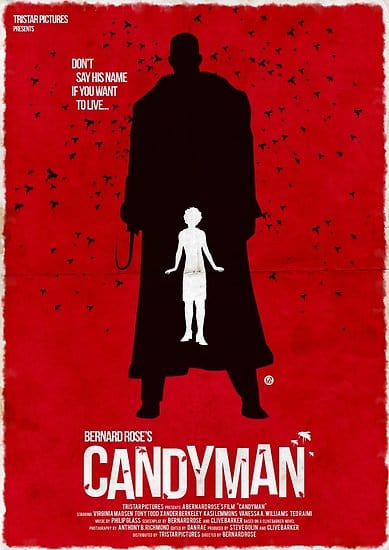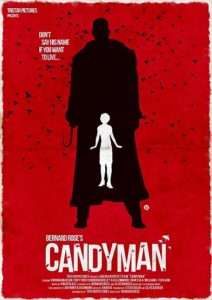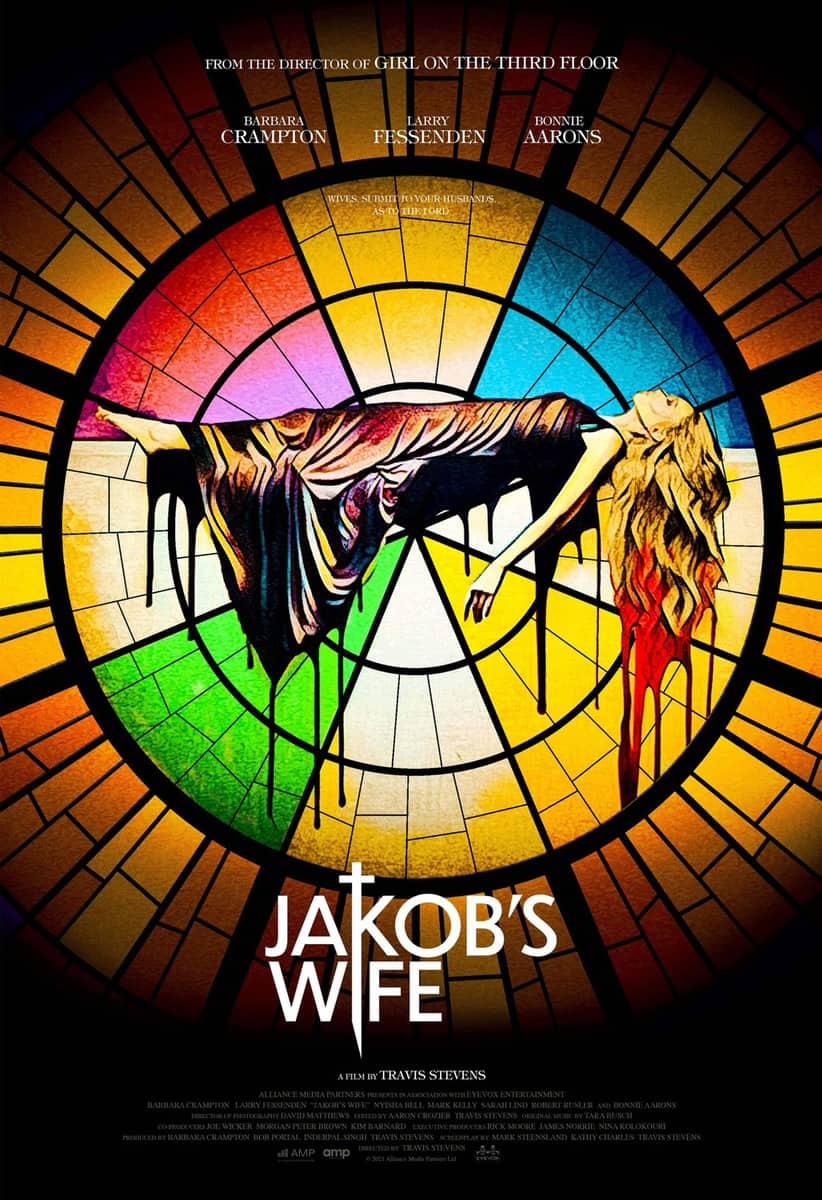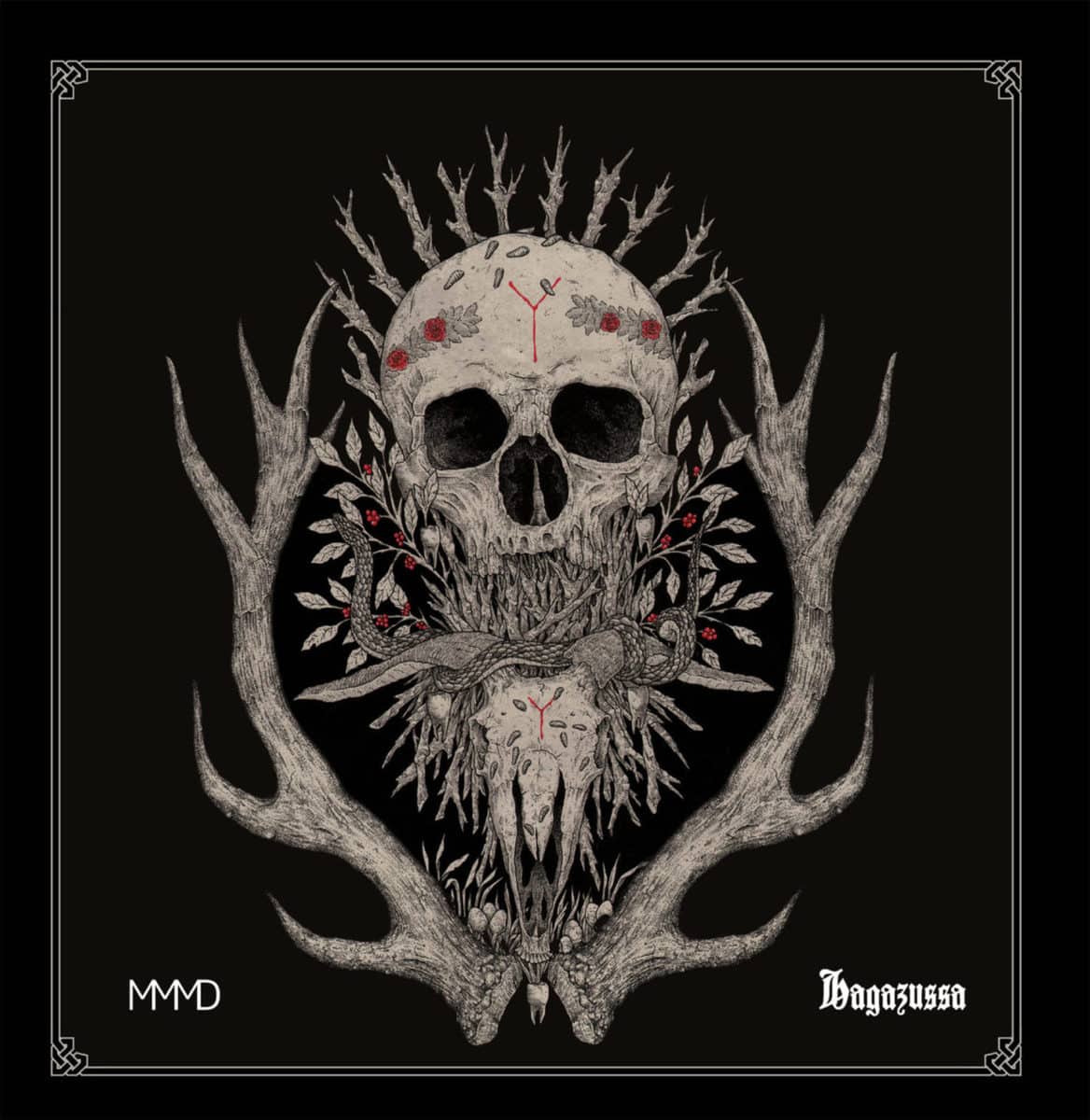
In an uncharacteristic twist, one of the most famous modern composers agreed to make the soundtrack for a somewhat strange, B-tier horror movie. Philip Glass believed that Candyman would be an artsy, independent re-telling of Clive Barker’s original short story. Much to Glass’s disappointment it wasn’t. Instead, Candyman ended up a straightforward, if somewhat ambitious, slasher. This divergence between expectations and end product is telling in Glass’s score, which effectively is the score to an entirely different, nonexistent film.
The score is classic Philip Glass: minimalism with repetitive structures and themes, relying largely on a trio of piano, organ, and looped choruses. Despite this small toolkit, Glass creates an effective, sophisticated gothic horror soundtrack, focusing on atmosphere and emotion rather than action. It is hardly scary. The score eschews discordance, tension, and jump scares – the ingredients for a trite horror score. Instead it is haunting, nostalgic, regretful – the very feelings that a trapped spirit such as Candyman would suffer eternally. Unfortunately, while the score explores Candyman’s torment, the movie does not.
Somewhere there exists a world where Candyman met Glass’s expectations, treating us to a haunting entry in independent horror. That world is not this one, but at least we can imagine it with the help of Glass’s score.
Editor’s Note: After releasing this review, I recently had the opportunity to go on episode 12 of Sideshow Sound Theatre’s Track Swap podcast to talk about this score. Check it out.



